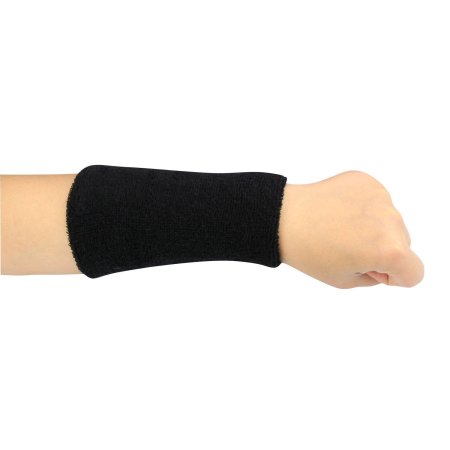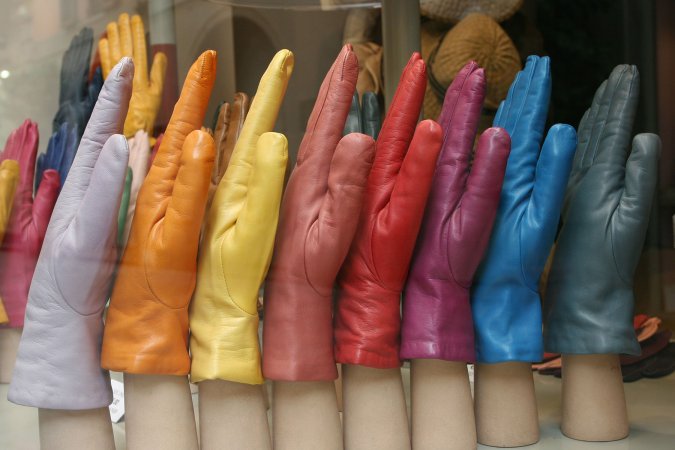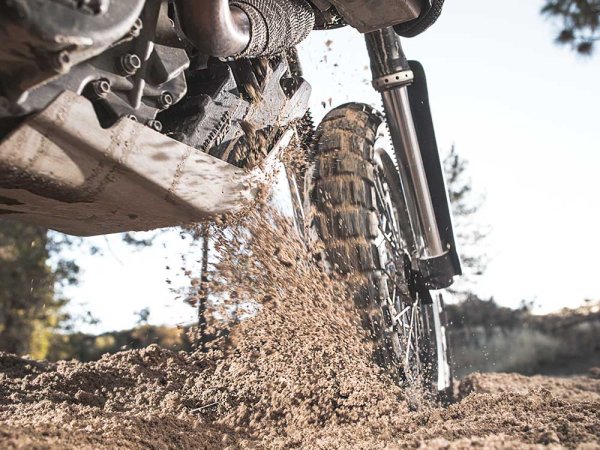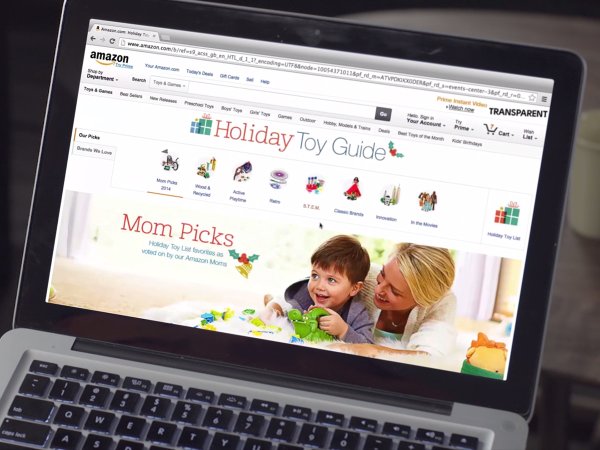

This story has been updated. It was originally published on February 19th, 2021.
If you’ve fallen into the leatherworking ASMR TikTok vortex, you might be thinking about getting into the craft yourself. After all, leather is just very expensive paper, right? Just cut it up, glue it together, and voilá! You have a nice wallet you can brag to your friends about. What more is there to it?
A lot, actually, which is why getting started can feel a bit overwhelming. Worry not—whether your first attempt is a notebook cover or some fringey pair of chaps, we’ve collected all the basics you’ll need to know.
Pick a project, any project. (It’ll be ugly and that’s fine.)
It sounds obvious, but before you buy anything, think about what you want to make. Logic dictates going for something simple, like a dog collar, a wallet, a card-holder, or even a keychain strap. But if you want to shoot for the stars, experts recommend otherwise.
“If you have something you dream of making, go for it,” says Justin Hagan, founder of Gold Bark Leather and Restwell goods. “The first project I made was a purse for my spouse. It turned out really ugly—it ended up lumpy and the rivets were completely smashed, but I don’t regret doing it.”
[Related: Leatherworking tips from a modern-day cowgirl]
If that sounds too scary, Rachel Corry, author of The Sandalmaking Workshop and founder of Rachel Sees Snail Shoes in Portland, Oregon, recommends you start by modifying something you already love. Try fixing a backpack or making a simplified version of your wallet.
“Make it a little bit different, and a little bit better. This way you don’t have a million design issues to solve,” she says.
As with any other craft, there’s a learning curve to leatherworking. As easy as TikTok videos can make it seem, you’ll need to manage your expectations and make peace with the fact that your first project will most likely look like crap. And that’s totally ok.
“I still make ugly leather goods,” Hagan says. “Different leathers and different designs take time to figure out.”
Get some tools
Google “leatherworking tools” and you may find yourself lost in an endless list of awl blades, chisels, mallets, edgers, groovers, and knives—all with different sizes, qualities, and price tags. It can be intimidating, but some of those tools are designed for highly specific, advanced techniques that you likely won’t use as a newbie anyway.
Stick to the basics and get a toolbox that includes a good utility knife or rotary cutter, a diamond chisel, a scratch awl, needles, and thread. Complete your set with a cutting mat, metal rulers and squares, some sponges, and a rubber or wooden hammer—any other type of hammer can damage the leather and will damage your tools. Hagan also suggests other supplies such as canvas cloth, sandpaper, dye, finish, and glue, though the types of each you’ll need will depend on the specific project you’re making.
There are several retailers online you can check out. Tandy is one of the big ones, but you can also consider Weaver Leather Supply. If you want something a little more professional, head to Barry King Tools. Of course, Amazon also carries a wide range of leatherworking tools, so you can browse there as well.
[Related: Build the three-legged stool you didn’t know your home needed]
When it comes to prices, it’s better to start with implements that are basic but still of good quality, so don’t splurge on the best awl blade yet. As you start taking on more difficult projects, you’ll grow out of your beginner tools and learn exactly where you need to invest.
Learn (and practice) basic skills
You’ve definitely done some cutting and gluing in your lifetime. Needless to say, cutting and gluing animal skin is quite different. There are wonderful sources of knowledge for all things leather where you can pick up these and other more advanced skills.
Gold Bark’s blog offers instructions and videos on how to begin, YouTube is full of channels dedicated to leatherwork education, and Reddit has prolific communities under r/Leathercraft and r/Leatherworking.
But on top of cutting and gluing, you’ll need to learn some stitching. This is typically the first skill that’ll take you some time to figure out, but having the right tools helps a lot Hagan says. Using a stitching groover and a diamond chisel, which are relatively inexpensive, can be quite helpful when it comes to getting clean stitching.
Know your supplies
Newsflash—leather is not cheap. What’s worse is that just buying it can be complicated. There’s a lot of technical jargon involved, and being mindful of the source can be a lost cause, because there’s virtually no sustainable leather production in the US, Corry says.
There’s also no easy guide as to what kind of leather you’ll need for each project. It’s likely that, at some point, you’ll end up getting a really heavy, stiff skin that’ll turn the beautiful satchel you had in mind into an unusable, over-designed leather box.
You can save yourself some grief by skipping the online shopping and going to an actual store. Corry recommends bringing a sample piece with you as a reference and trying to match the thickness, texture, and pliability. Those little clippings that sometimes come attached to shoes, a belt, or a wallet work beautifully.
[Related: Leather doesn’t have to come from animals]
One thing you need to keep in mind is that leather is not a manufactured material, so it’ll vary—a lot. The size and qualities of hides (the entire piece of leather from a single animal) differ depending on where they come from, and each one has different levels of thickness depending on the part you’re using.
It may seem like a lot, but if you can afford it, Hagan recommends getting an entire side (half of a hide), which you should be able to find for about $120.
“Early on, it’s helpful to use the same leather so you can just focus on your skill,” he says. “Different leathers respond differently to dyes, your stitching, or edge finishings, for example, so it’s really hard to figure out the cause of an error if you’re using a bunch of different leathers.”
Finally, it’s important to know that unlike other crafts or hobbies, there’s an ethical aspect involved in leatherworking, and people should keep in mind what they’re actually working with.
“Beginners need to understand that leather is from an animal, and so it should be used very resourcefully,” Corry says.
Take a shortcut
All this information may be a lot to take in, so if you just want to go straight to trying out a new hobby, you can skip the planning and just get a leatherworking kit.
Some experts online don’t recommend this, as you may find yourself with tools you won’t have a use for. But this is also an easy way to find out if you actually enjoy making yourself a new wallet, or if you just like watching other people do it.
Tandy and Weaver Leather Supplies carry some inexpensive options that include pre-cut pieces, instructions and essentials like thread and snaps, but they don’t come with any tools. Gold Bark’s journal cover or slim wallet kits will set you back $150, but they include almost everything you’ll need to put your project together, including a self-healing cutting mat.
As with any hobby, the main point is to learn and have fun, so don’t get discouraged if you find you’re not ready to make your own luggage set yet. Even the simplest gift card holder will earn you well-deserved bragging rights.















